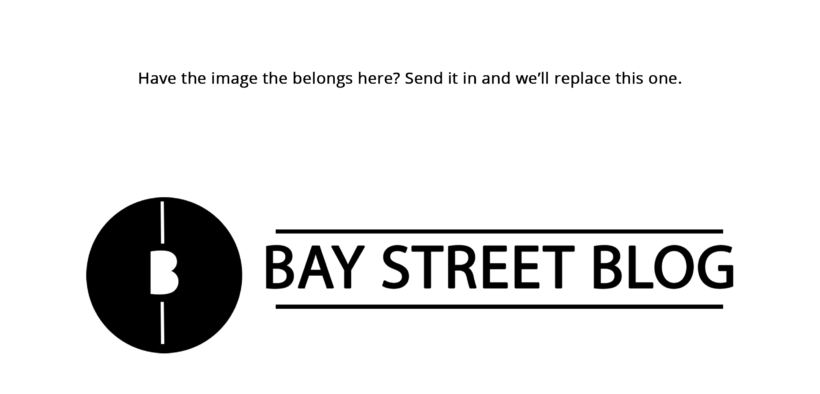How to Get Your Finances Back on Track After Buying a Home
Share

By Gordon Powers, Zoocasa
Home ownership rates in Canada are among the highest in the world, with the most recent census from Statistics Canada showing the trend to own continuing to climb and now hovering around 69 per cent – including, it seems, you.
Looking forward to relaxing a bit after closing the deal on that Toronto townhouse or high-rise? Think again: There’s no better time to assess how you can take greater control of your finances, which are likely to be sorely tested in the coming months.
Just what do we have here?
Since you likely had a thorough home inspection done before you signed, now would be a good time to expand on that check up, looking for recommendations and suggestions for improving your new home.
This is a great opportunity for new homeowners to learn more about roofs, water and ground sloping issues, as well as the need for major appliance and electrical upgrades – all of which can mean a ton of money, both now and in the future. Even those who’ve bought units in Toronto condos should brush up on what may be covered under warranty, what’s covered by their condo fees, and what they’re on the hook for.
After such a major commitment, developing a spending plan can provide a shot in the arm for many households – particularly those where there are dissenting views as to where the money actually goes.
Are we really spending that much?
It’s tough to closely scrutinize our spending habits, but the first year in a new home is a great place to start. Until recently, most of the financial decisions you’ve made were centred on your home purchase, like the cash you saved for a down payment or the type of mortgage you could get, but that’s all changed. Now it’s all about expenses.
There are stacks of useful smartphone apps that can make logging expenses an effortless process. Your categories might look something like this:
- Housing
- Insurance
- Utilities
- Childcare
- Food
- Transportation
- Entertainment
- Charity
- Other
There it is in black and white: A detailed record of exactly how much money is going out of your household each month. Examine your spending in each category to see if there are areas in which you can do better given your recent move.
Do you think our taxes will go up?
Homeowners should start this exercise by reviewing their mortgage payment based on the monthly principal, interest, taxes and homeowners’ insurance. Be sure to include any condo or homeowner association fees, which cover maintenance of common community areas, as well.
If your next step is a major renovation, hopefully you covered that off within your mortgage payment. If not, add it to the budget. Factor in a subsequent increase in property taxes as well. Your utilities would also change. This is especially true if your new home is significantly larger than the home that you previously lived in.
Could we pass a mortgage stress test?
Rates have been so low for so long, there’s a generation of homebuyers for whom sub-3-per cent lending rates are normal. But that’s clearly changing, with the major banks boosting their prime lending rates by 25 basis points to 2.95 per cent from 2.7 per cent, following a rate hike from the Bank of Canada.
Governor Stephen Poloz is expected to gradually continue those increases, according to a recent survey of 16 economists. The bank will raise rates later this year, then twice next year to bring its key overnight lending rate to 1.5 per cent, the economists suggest.
All this would translate to higher mortgage payments for recent homebuyers, although that would only apply to those with variable mortgages initially. Could you handle the difference in payments? Have you actually factored in the total interest costs in your planning?
Assuming a 2.99 per cent rate on a $500,000 mortgage with a 25-year amortization, your monthly payment would be $2,364. Boost that same mortgage to 5.49 per cent, however, and you’d be looking at $2,606 a month – with a much higher total interest cost over the typical five-year term.
Do we have a contingency fund?
Whether you’re single, married or have a common law partner, setting up a contingency fund is a no brainer. The idea is to establish a source of money, readily and easily available, that helps you avoid tapping other financial resources at inappropriate times.
Financial advisors often draw a distinction between an emergency fund and money set aside for a rainy day, and understanding the difference between the two can go a long way toward making sure that you aren’t setting yourself up for disaster.
Your emergency fund should be reserved for more serious events that may last weeks or even months such as unemployment, disability, or major health issues.
A rainy day fund, on the other hand, is for something less catastrophic – like roof repairs or replacing a broken washing machine – where you want to have a bit of money on hand to be able to settle your bills.
Do you think six months will do it?
How much should you set aside? Some advisors say three months, six months, or even a year of your normal expenses. Others recommend setting aside 2% of the value of your home in case a major repair is needed. On a $400,000 home, that would be $8,000. But there’s clearly no magic formula that works in all cases.
What you’re really trying to set up is the ability to live your life without having to worry about any particular crisis – and there’s no shortage of possibilities.
What are the chances that you or your partner could be out of a job or perhaps earning less than you’re used to? Having assumed such a large debt, how long could you manage on one income?
With the average length of unemployment lasting about 20 weeks, shooting for at least six months’ worth of expenses might be a good, if ambitious, target. And, the older you are the longer it typically takes to find employment.
One more thing: A new house can drain your cash flow, and it’s understandable if you neglect your retirement savings for a few months or more. But as soon as you can afford it, it’s important to resume investing for retirement or get started if you’ve neglected this.
You May Also Be Interested In: First Time Home Buyer at the Age of 22: How I Did It
Writer: Valerie Kriss
Disclaimer: All investing can potentially be risky. Investing or borrowing can lead into financial losses. All content on Bay Street Blog are solely for educational purposes. All other information are obtained from credible and authoritative references. Bay Street Blog is not responsible for any financial losses from the information provided. When investing or borrowing, always consult with an industry professional.






Bay Street Blog Newsletter
Click here to subscribe for a financial savvy experience.
Please check your email to confirm subscription!